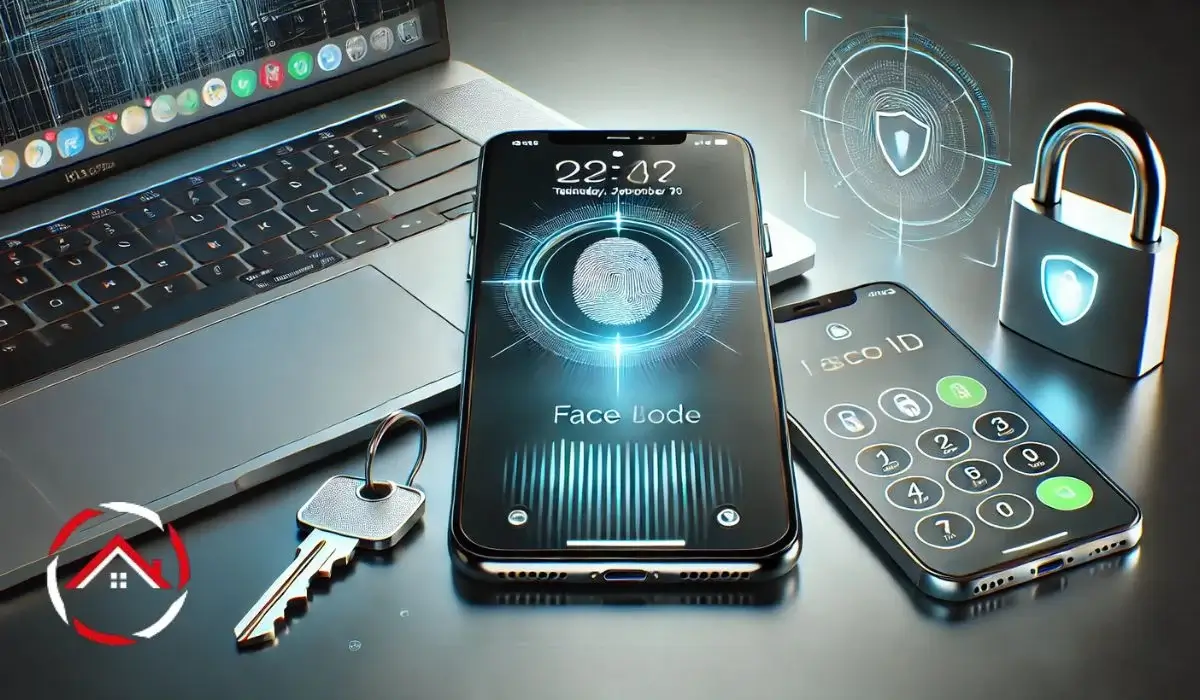I’ve always been cautious about my iPhone’s security. It holds so much personal data, from photos to banking details. Over time, I realized that keeping it safe isn’t just about using a strong password. I needed to manage my storage, check my system’s health, and make sure key features like “Find My iPhone” were properly set up.
The more I learned, the better I felt about protecting my device. In this guide, I’ll share some simple steps I’ve taken to secure my iPhone. Let’s start with the basics of getting more storage on your iPhone, which is often overlooked.
Table of Contents
How I Can Get More Storage on My iPhone
If you’ve ever run out of space on your iPhone, you know how frustrating it can be. It affects performance and makes security harder to maintain. When your device is full, it can’t properly store backups or updates, leaving you vulnerable.
Why Storage Matters for iPhone Security
A cluttered iPhone can slow things down. It affects how apps run and how updates are installed. Without enough storage, security patches may not install, leaving your device exposed. Plus, when your phone is full, it’s harder to back up important data.
Steps to Free Up Space
Here are some simple steps I use to free up storage on my iPhone:
- Delete unused apps
If you haven’t used an app in a while, delete it. This can free up a lot of space. - Clear Safari cache
Safari saves websites and images, which can eat up storage. Go to Settings > Safari > Clear History and Website Data. - Offload unused apps
Go to Settings > General > iPhone Storage, and tap on an app to offload it. This removes the app but keeps its data. - Manage photos and videos by using iCloud
I store photos and videos on iCloud, which keeps my phone from getting too full. You can enable this in Settings > Photos > iCloud Photos.
Tips to Prevent Storage Issues in the Future
To avoid storage problems, I do these things regularly:
- Set up automatic backups to iCloud or computer
This way, I always have a backup and can free up space without worrying. - Regularly review app data usage
I check my apps every few weeks to see which ones are taking up too much space.
How I Can Change “Find My iPhone” Settings
“Find My iPhone” is a must-have feature. It helps me track my phone if it’s lost or stolen. Plus, it lets me lock my device and erase data remotely.
Why “Find My iPhone” is Critical for Security
It’s simple: if my iPhone gets lost, “Find My iPhone” is my best tool. It tracks my device’s location. It also lets me lock it and wipe sensitive information. This feature is essential for keeping my data safe.
Steps to Change Find My iPhone Settings
Here’s how I change my settings:
- Open Settings app
First, I go to the Settings app on my iPhone. - Tap on your Apple ID > iCloud > Find My iPhone
From there, I tap on my Apple ID at the top of the screen, then iCloud, and then Find My iPhone. - Toggle Find My iPhone on or off
I can turn “Find My iPhone” on or off, especially when I set up a new device or reset it. - Turn on or off “Send Last Location”
I make sure to enable “Send Last Location” so my phone will send its location before the battery dies.
Important Security Features to Consider
To maximize my security, I:
- Enable two-factor authentication for my Apple ID
This keeps my Apple ID and all linked services secure. - Always keep “Find My iPhone” enabled
I make sure this feature is always on. It’s the best way to protect my device.
How I Should Check My System Limitations for Security
I’ve learned that understanding my iPhone’s system limitations helps keep it secure. Without the right software version or enough space, my phone can slow down or even become vulnerable.
Understanding Your iPhone’s System Limitations
An outdated iOS version can make my phone easy to hack. If I don’t have enough storage, my phone can’t install important security updates. I need to stay on top of both to keep my device safe.
Steps to Check System Limitations
Here’s how I check my iPhone’s system:
- Go to Settings > General > About > Software Version
This tells me which iOS version I’m running. I always make sure it’s up to date. - Check available storage by going to Settings > General > iPhone Storage
This helps me see how much space is left and whether I need to free up some room. - Regularly update iOS
I update my iPhone as soon as a new version is available to get the latest security patches.
Optimizing iPhone for Better Security
To make sure my iPhone stays in top shape, I also:
- Delete old apps and files
This frees up space for important updates and keeps everything running smoothly. - Use the “Battery Health” feature
This feature helps me monitor battery performance and ensures my iPhone is working optimally.


